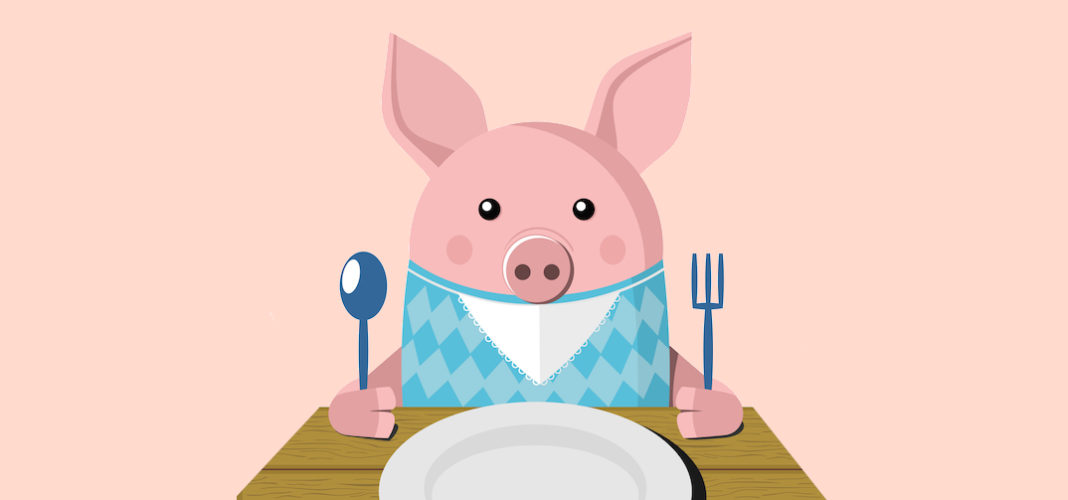There is an old saying, “show me your friends and I’ll show you your future.” Research suggests we can adapt it to, “show me your friends and I’ll show you your waistline.”
How much food your dining companion eats has a big influence on how much you eat. This is good news if you have a health conscious dinner partner and not such good news if your dinner partner is the type who makes four trips to the all-you-can eat buffet.
The research shows that social factors are a powerful influence on consumption. When the companion eats very little, people suppress their food intake and eat less than they normally would if alone.
If the social model eats a large amount, people have the freedom to eat their normal intake, or even more…
Instead of relying on internal signals like hunger or a feeling of fullness, people look to others to decide how much to eat without even realizing it.
The effect is observed in many different situations: with healthy and unhealthy snack foods, during meals, when the diner has been deprived of food for up to a day, and among children, and it occurs independent of people’s body weight.
You don’t even have to be dining together for this to work. Just knowing your partner ate a cheeseburger with fries for dinner is enough to give you permission to do the same.
It even occurs when the companion is not physically present and diners are simply given a written indication of what that other person ate.
If you are trying to lose weight, it’s not just about portion size and counting calories. The company you keep matters too.
Choose your dinner partner wisely. Remember, you are what your friends eat.
I wish you all the best,
Dr. Samantha Boardman






